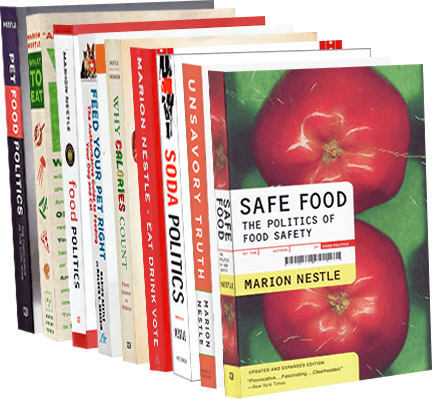What I’m reading: AI in food and beverage
While I’m on the topic of AI—a hot issue in the food business—here are a few items I’ve collected recently.
- AI watch: The latest on artificial intelligence in food: While some fear artificial intelligence spells the end of humanity, others back its potential for positive disruption. How’s this playing out in food and drink? We bring you the latest…… Read more
- Study: AI-assisted personalized diet program supports weight loss and gut microbiome health: A dietary and lifestyle program tailored to individuals’ genetics and gut microbiome, as well as self-reported and wearables data, had a positive effect on the gut microbiome and showed significant associations between the gut microbiome and weight loss, according to a study by Digbi Health in the USA, reported in Frontiers…. Read more
- AI Drives New Era in Food and Beverage: Experts at Monday’s IFT FIRST keynote panel agreed that artificial intelligence is and will continue to be a transformative force reshaping the science of food industry.
- Coca-Cola leverages AI, technology to drive sales, volume in difficult economic climate: The Coca-Cola Co. is “leveraging digital and tech-enabled innovations” in marketing and price-pack architecture to drive incremental sales and volumes of new products in the critical second year after launch – helping the CPG giant beat expectations in its second quarter despite price hikes and ongoing financial pressure on some consumers, according to company executives…. Read more
- Danone partners with Microsoft on AI project: Danone has partnered with tech giant Microsoft on a multi-year collaboration to integrate artificial intelligence (AI) throughout the manufacturer’s operations…. Read more


